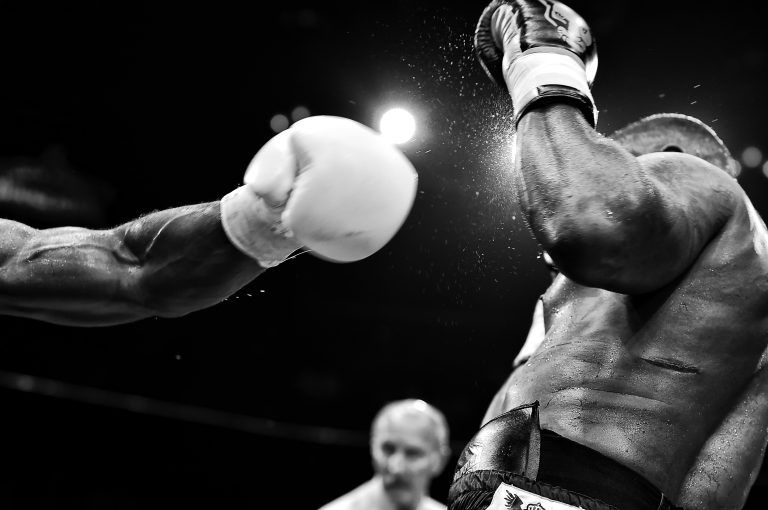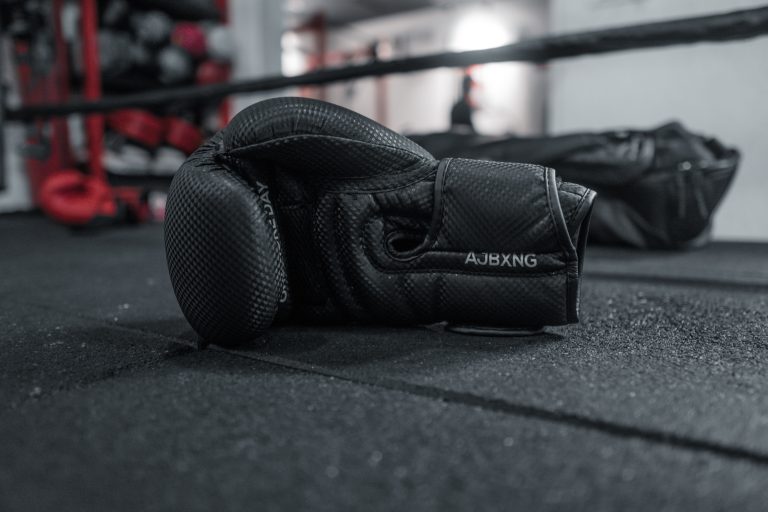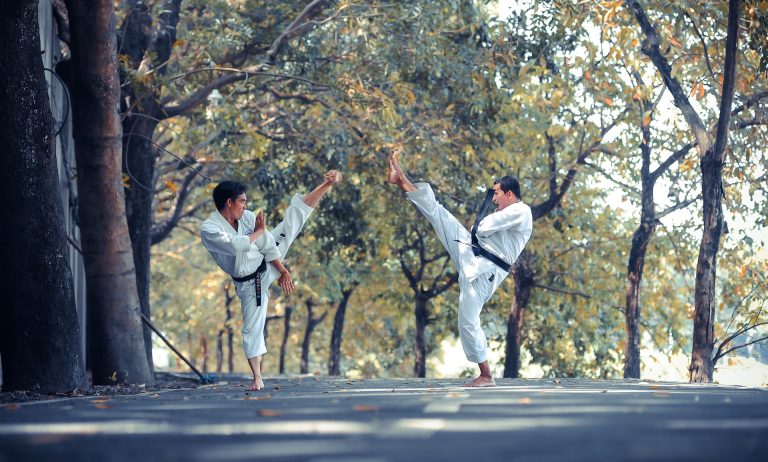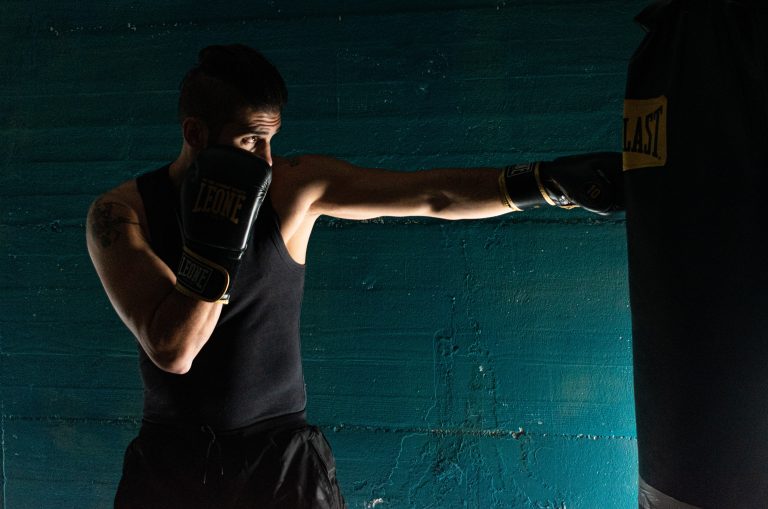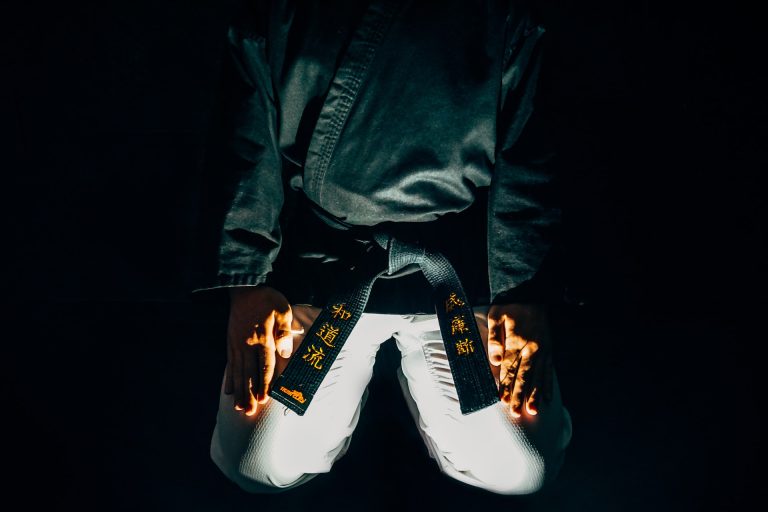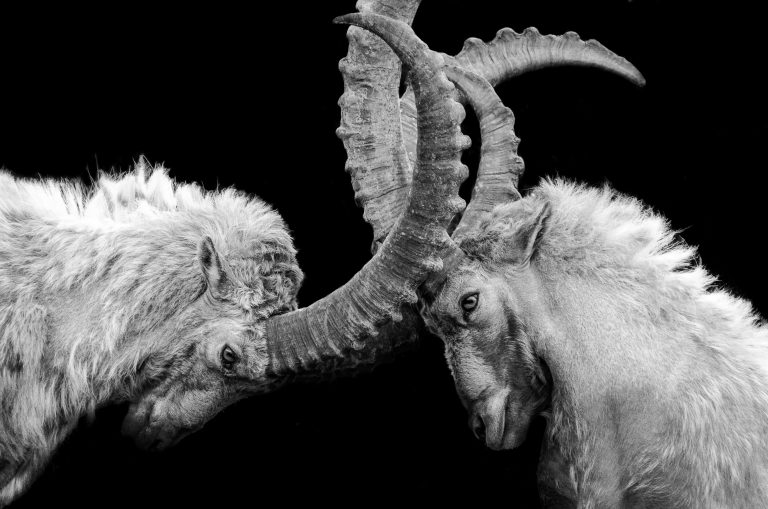What to Say When Bowing in Karate
Karate has been around for centuries and is known for its strong emphasis on respect and discipline. As a karate practitioner, you will quickly learn that bowing is an important aspect of the art form. It demonstrates respect for your sensei, your fellow karateka and the art of karate itself.
But what should you say when bowing in karate? This guide will cover the correct phrases to use and the proper etiquette for bowing in karate.
The Importance of Bowing in Karate
In karate, bowing is a way to show respect, humility, and gratitude. Bowing is a fundamental aspect of karate and serves as a reminder of the customs and traditions of martial arts. The act of bowing is more than just a physical movement, it is a mental and spiritual practice that symbolizes your willingness to respect and learn from your sensei.
When you bow, you acknowledge the source of your knowledge and give thanks to those who have come before you. Bowing also signals to other karateka that you are ready to train, and it is a way of showing that you are a serious practitioner.
The Three Types of Bow
In karate, there are three types of bow: the standing bow, the sitting bow, and the bow when entering or leaving the dojo. Each type of bow has a different purpose and significance.
The Standing Bow
The standing bow is performed while standing and is used when entering or leaving the dojo, beginning or ending a class, or when addressing the sensei. This bow shows respect for the dojo, the sensei, and the martial art of karate.
To perform a standing bow, follow these steps:
1. Stand up straight with your feet shoulder-width apart.
2. Place your left hand over your right fist, and position them in front of your stomach.
3. Bow your head and upper body forward at a 30-degree angle.
4. Hold the bow for one second, then return to the standing position.
While performing the standing bow, it is customary to say „onegaishimasu.“ This phrase translates to „I respectfully request.“ It is a way of showing respect for the sensei and for the art of karate.
The Sitting Bow
The sitting bow is performed when you are sitting on the dojo floor, such as during meditation or when performing a technique in pairs. This bow is also performed when you receive feedback from your sensei or when acknowledging your partner’s technique during training.
To perform a sitting bow, follow these steps:
1. Sit on your knees with your feet crossed behind you.
2. Place your hands on your thighs with your palms facing down.
3. Bow your head and upper body forward at a 30-degree angle.
4. Hold the bow for one second, then return to the sitting position.
During the sitting bow, it is customary to say „arigato gozaimashita.“ This phrase translates to „thank you very much.” It is a way of expressing gratitude to your partner, your sensei, or the group as a whole.
The Bow When Entering or Leaving the Dojo
When entering or leaving a dojo, it is customary to perform a special bow. This bow is performed at the entrance to the dojo, facing inward. It is a way of respecting the dojo as a place of learning and showing gratitude to your sensei for allowing you to study there.
To perform the bow when entering or leaving the dojo, follow these steps:
1. Stand facing the entrance to the dojo.
2. Bow your head and upper body forward at a 30-degree angle.
3. Hold the bow for one second, then begin walking.
During this bow, it is customary to say „otsukaresama deshita.“ This phrase translates to „thank you for your hard work.“ It is a way of acknowledging the hard work and dedication of your fellow karateka.
What to Say When Bowing in Karate: Answering the Most Frequent Questions
Introduction
Karate is one of the most popular martial arts in the world. It is a discipline that requires not only physical strength but also mental focus and control. One key aspect of karate is bowing, and for many beginners, this can be confusing. In this post, we will answer the most frequent questions about what to say when bowing in karate.
What is Bowing in Karate?
Before we dive into the questions, let’s first understand what bowing is and why it is an essential component of karate. Bowing is a sign of respect, and it is used to show respect to your fellow practitioners, your instructors, and to the art itself. It also represents humility, which is a core principle of karate, as well as a willingness to learn and to be open to constructive criticism and feedback.
What Do You Say When Bowing in Karate?
The most common thing to say when bowing in karate is “Osu.” It is used as a greeting, farewell, or acknowledgement of understanding, and it is a common term used in karate dojos around the world. Some people also use the phrase “Onegaishimasu” when bowing, which means “please teach me” or “please guide me.” This phrase is used as a sign of respect to the instructor, and it indicates a willingness to learn and to be receptive to feedback.
When Do You Bow in Karate?
Bowing is an integral part of karate, and it should be done at the beginning and the end of each class, as well as when entering and leaving the dojo. You also bow when facing your fellow practitioners, your teacher, or when demonstrating a technique in front of a group of people.
What is the Proper Way to Bow in Karate?
There are different types of bows in karate, but the most common one is the standing bow. To do this, stand up straight with your feet together, hands to your sides. Next, bend at the waist, keeping your back straight, and your eyes focused on the ground. You can place your hands on your thighs, palms down, or clasp them together in front of you. Your head should be level with your hands, and your bow should be deep enough to show respect without being exaggerated.
What Are Some Common Mistakes to Avoid When Bowing?
One common mistake is not bending at the waist enough. Your bow should be deep enough to show respect, and if it is too shallow, it can be seen as disrespectful. Another mistake is looking up when bowing. Your eyes should be focused on the ground as a sign of humility.
What to Say When Bowing in Karate
Introduction
When practicing karate, it is important to know how to properly bow as it is a sign of respect towards your instructor, fellow practitioners, and the art itself. Bowing in karate is done both at the beginning and end of each class, as well as when entering and leaving the dojo. But, what should you say when you bow in karate? In this guide, you will learn the proper phrases and steps necessary to correctly bow in karate.
Step 1: Stand in the Correct Position
Before you can start bowing in karate, you need to stand in the correct position. Begin by standing upright with your feet together and your hands at your sides. Your feet should be pointing straight ahead, and your eyes should be looking forward.
Step 2: Bow from the Waist
When bowing in karate, you need to bow from the waist with your arms at your sides. Keep your back straight and bend forward at the waist, lowering your head towards the ground. Your gaze should be directed towards the floor.
Step 3: Say the Proper Phrases
When bowing in karate, it is customary to say certain phrases that show respect and gratitude to your instructor, fellow practitioners, and the art of karate. The phrases may differ slightly depending on the dojo or style of karate, but most use some variation of the following:
- „Onegai shimasu“ – This phrase is said at the beginning of class and translates to „Please teach me.“
- „Domo arigato gozaimashita“ – This phrase is said at the end of class and translates to „Thank you very much.“
- „Osu“ – This phrase is used to show respect and is often said when bowing in or out of the dojo, or when acknowledging an instructor or senior practitioner.
Step 4: Return to the Starting Position
After saying the proper phrases and bowing, return to the starting position. Stand upright with your feet together and hands at your sides.
Conclusion
Knowing how to properly bow in karate is an important part of the practice of the art. By following these steps and saying the proper phrases, you can show respect and gratitude to your instructor, fellow practitioners, and the art of karate. Remember that each dojo may have its own specific customs and traditions, so it is important to always be mindful of the rules and etiquette of the dojo you are practicing in. With practice, bowing in karate will become second nature, and you will be able to perform it with ease and confidence.
Inhaltsverzeichnis

